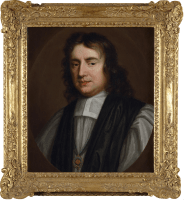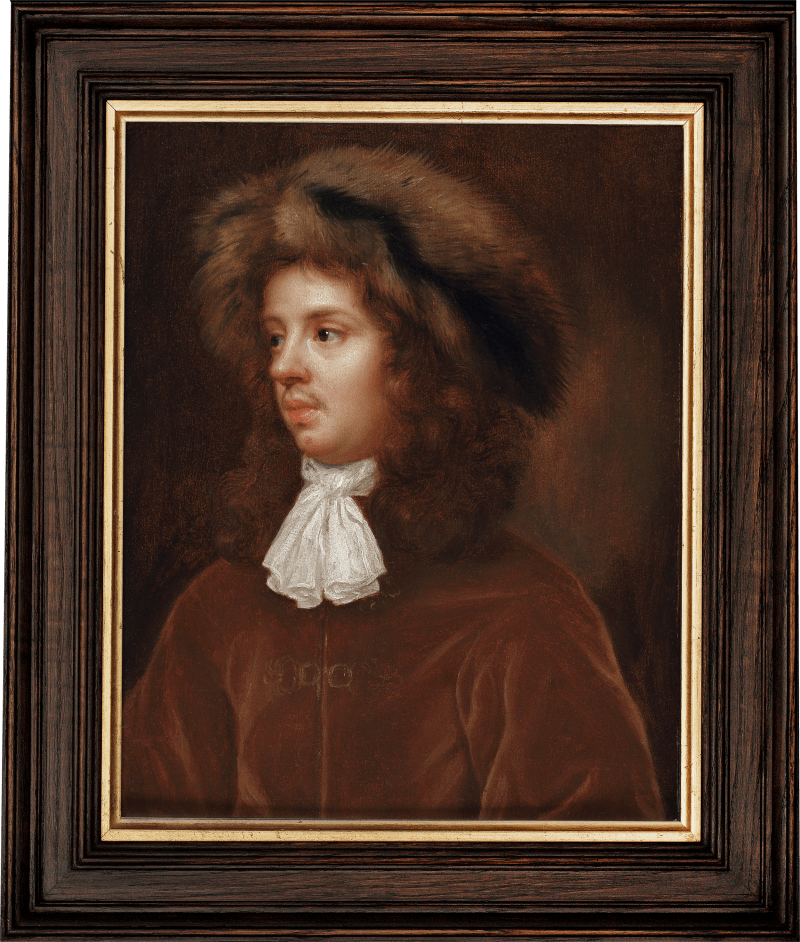The success of Beale’s prolific practice was bolstered by the dedicated support of the clerical circles who patronized her. Gilbert Burnet, depicted here, was a highly influential cleric, philosopher and historian who remained a close friend of the Beales during their later years in Pall Mall.
This sensitive portrait was likely painted soon after Burnet’s appointment as Bishop of Salisbury in 1689. Beale painted Burnet on several occasions, including an earlier portrait recorded in Charles’ notebook for 1681.[1] Burnet himself commissioned several portraits of his fellow clergymen: in 1681, Beale painted John Tillotson for him, which was also listed in Charles’ notebook and marked as ‘done for friends, & upon Account of kindness not for profit’.[2] When Burnet presented Beale with a copy of his latest work, History of the Reformation, Charles recorded in his notebook his appreciation for this gift and ‘many other great favours’ – a testament to Burnet’s friendship and support of the Beale family.[3]
As a...
The success of Beale’s prolific practice was bolstered by the dedicated support of the clerical circles who patronized her. Gilbert Burnet, depicted here, was a highly influential cleric, philosopher and historian who remained a close friend of the Beales during their later years in Pall Mall.
This sensitive portrait was likely painted soon after Burnet’s appointment as Bishop of Salisbury in 1689. Beale painted Burnet on several occasions, including an earlier portrait recorded in Charles’ notebook for 1681.[1] Burnet himself commissioned several portraits of his fellow clergymen: in 1681, Beale painted John Tillotson for him, which was also listed in Charles’ notebook and marked as ‘done for friends, & upon Account of kindness not for profit’.[2] When Burnet presented Beale with a copy of his latest work, History of the Reformation, Charles recorded in his notebook his appreciation for this gift and ‘many other great favours’ – a testament to Burnet’s friendship and support of the Beale family.[3]
As a woman, to succeed in a profession, such as portrait painting, which required close personal interaction with clients, maintaining a reputation for virtue and propriety was essential. Beale’s association with influential members of the church would have aided her navigation of the gendered expectations of her time whilst providing her with an additional layer of social legitimacy and patronage, as well as a support network necessary to pursue her career in a socially acceptable manner. This framework proved valuable for Beale, whose association with influential religious figures, such as Burnet, saw her circle of patronage grow significantly.
[1] Beale, ‘Dairy 1680/1’.
[2] Ibid.
[3] Ibid.











